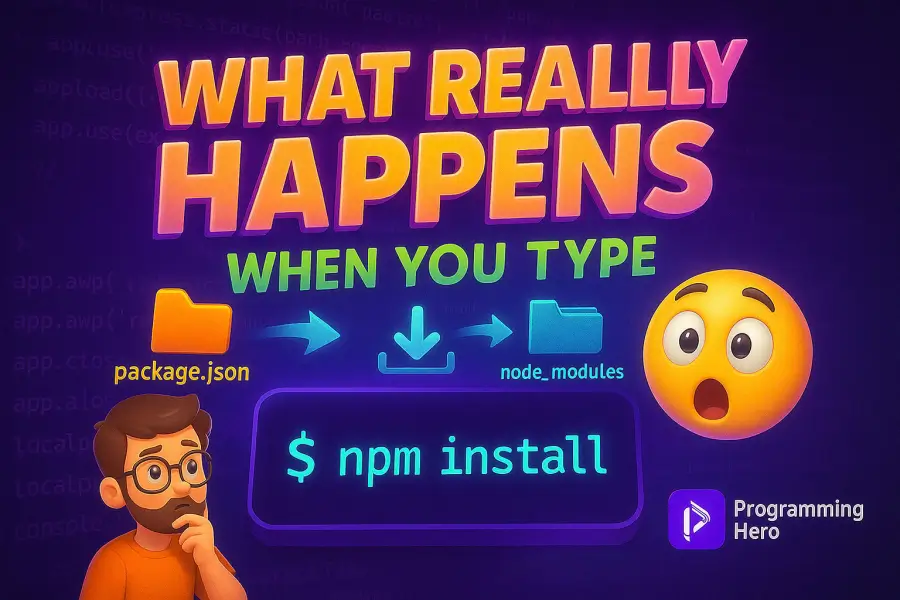The Future of Web Development: Trends to Watch in 2025
As we step into 2025, the landscape of web development is transforming faster than ever. With rapid technological advancements and growing user expectations, developers need to stay updated with emerging trends to stay relevant. Whether you’re a seasoned full-stack engineer or a beginner, keeping up with what’s coming is crucial for long-term success in this field.
1. AI-Powered Development Tools
Artificial Intelligence is no longer a futuristic concept in web development — it’s here and reshaping how we code. AI tools like GitHub Copilot and ChatGPT are now being integrated into development workflows to assist with code suggestions, error detection, optimization, and testing. In 2025, we can expect even more intelligent systems capable of writing clean, secure, and production-ready code in seconds.
AI will also contribute to enhanced UX personalization, predictive search, and real-time content generation, allowing websites to become smarter and more user-centric.
2. The Rise of Progressive Web Apps (PWAs)
PWAs are revolutionizing the user experience by combining the best features of web and mobile applications. They load quickly, work offline, and provide push notifications — all from a browser interface. As mobile-first indexing and user accessibility continue to be prioritized by search engines like Google, PWAs are expected to dominate web development in 2025.
Startups and SMEs are increasingly choosing PWAs over native apps due to their lower cost, better SEO, and smoother deployment.
3. Serverless Architecture & Edge Computing
Gone are the days when developers had to manage physical servers or deal with complicated deployment pipelines. Serverless computing is becoming mainstream, with providers like AWS Lambda, Vercel, and Netlify offering scalable, event-driven execution environments.
Combined with edge computing, which processes data closer to the user, this model greatly improves performance and reliability. In 2025, more companies will adopt serverless stacks to reduce costs, enhance scalability, and shorten development cycles.
4. Web3 & Decentralized Applications
The next generation of the internet, known as Web3, is powered by blockchain technology and aims to return control of data to users. dApps (decentralized applications) are gaining traction, especially in finance (DeFi), digital identity, and content platforms.
While Web3 is still maturing, its influence on authentication, payment gateways, and data storage solutions will expand in 2025, creating exciting opportunities for developers who learn Ethereum, Solidity, and smart contract development.
5. Enhanced Focus on UX, Performance & Accessibility
User Experience (UX) will remain a driving force behind successful websites. In 2025, developers are expected to optimize websites not only for speed but also for accessibility and inclusive design.
- Core Web Vitals will be more critical than ever in Google’s search ranking algorithm.
- Responsive design, dark mode support, voice-enabled interfaces, and accessibility features (like screen-reader compatibility) will become standard.
- Fast load times, intuitive navigation, and seamless interactivity are now considered essential, not optional.
Conclusion
The future of web development is promising, dynamic, and full of opportunity. Developers who embrace these trends — from AI-driven coding and serverless infrastructure to Web3 innovations and advanced UX strategies — will position themselves at the forefront of the industry.
Whether you’re a MERN stack developer, frontend designer, or tech entrepreneur, 2025 offers countless possibilities to innovate and grow. Stay curious, keep learning, and don’t be afraid to adapt — the web is only getting smarter.



